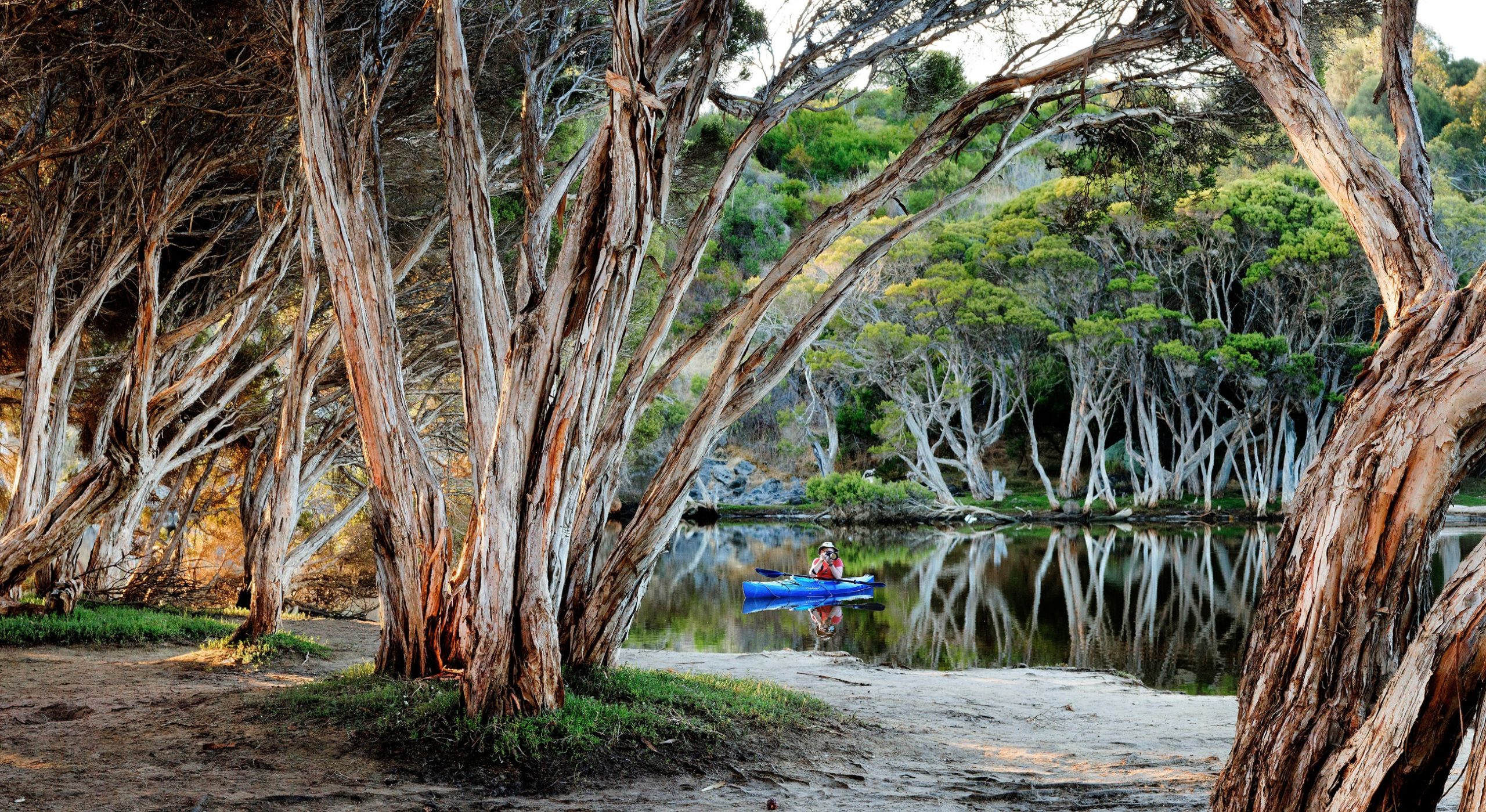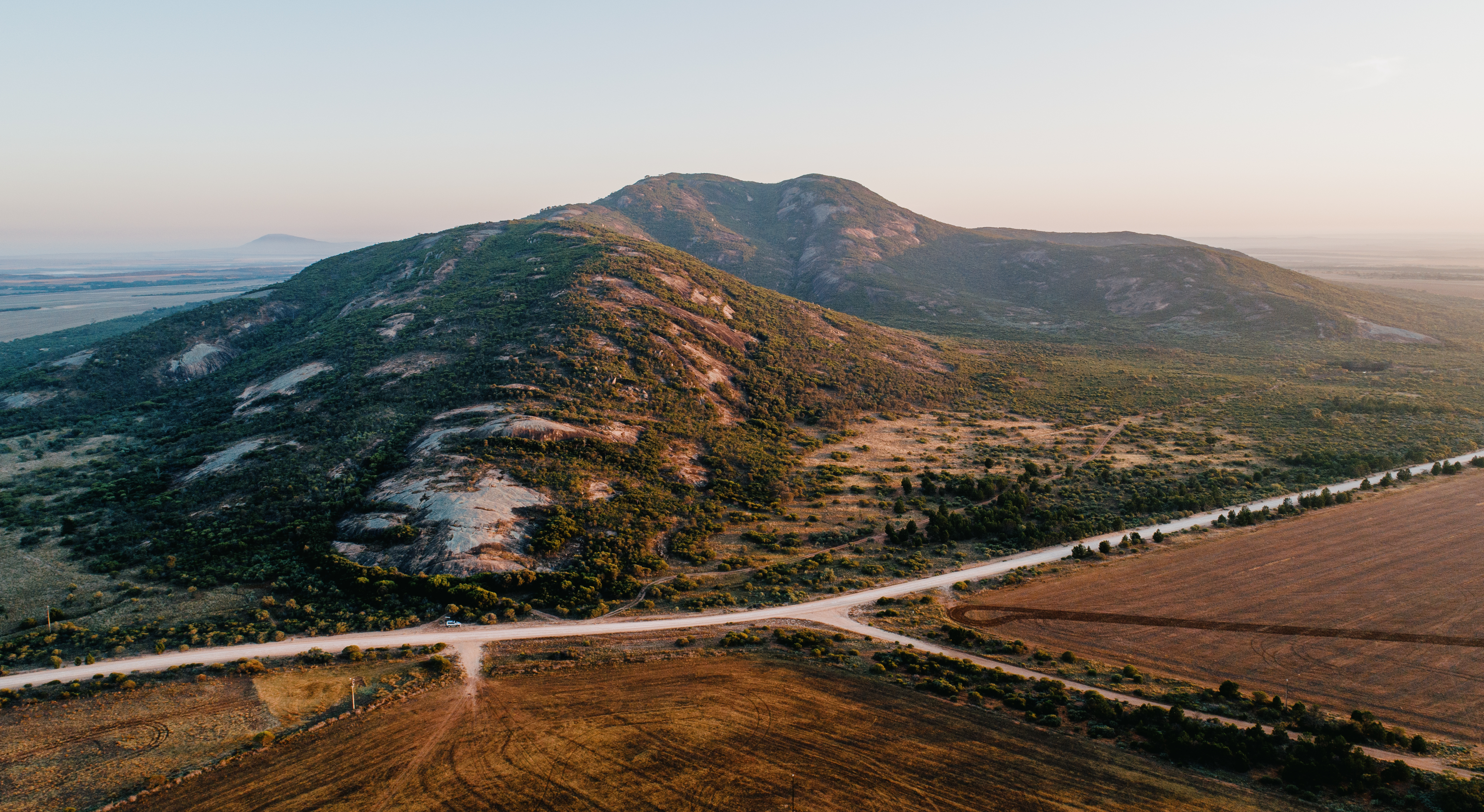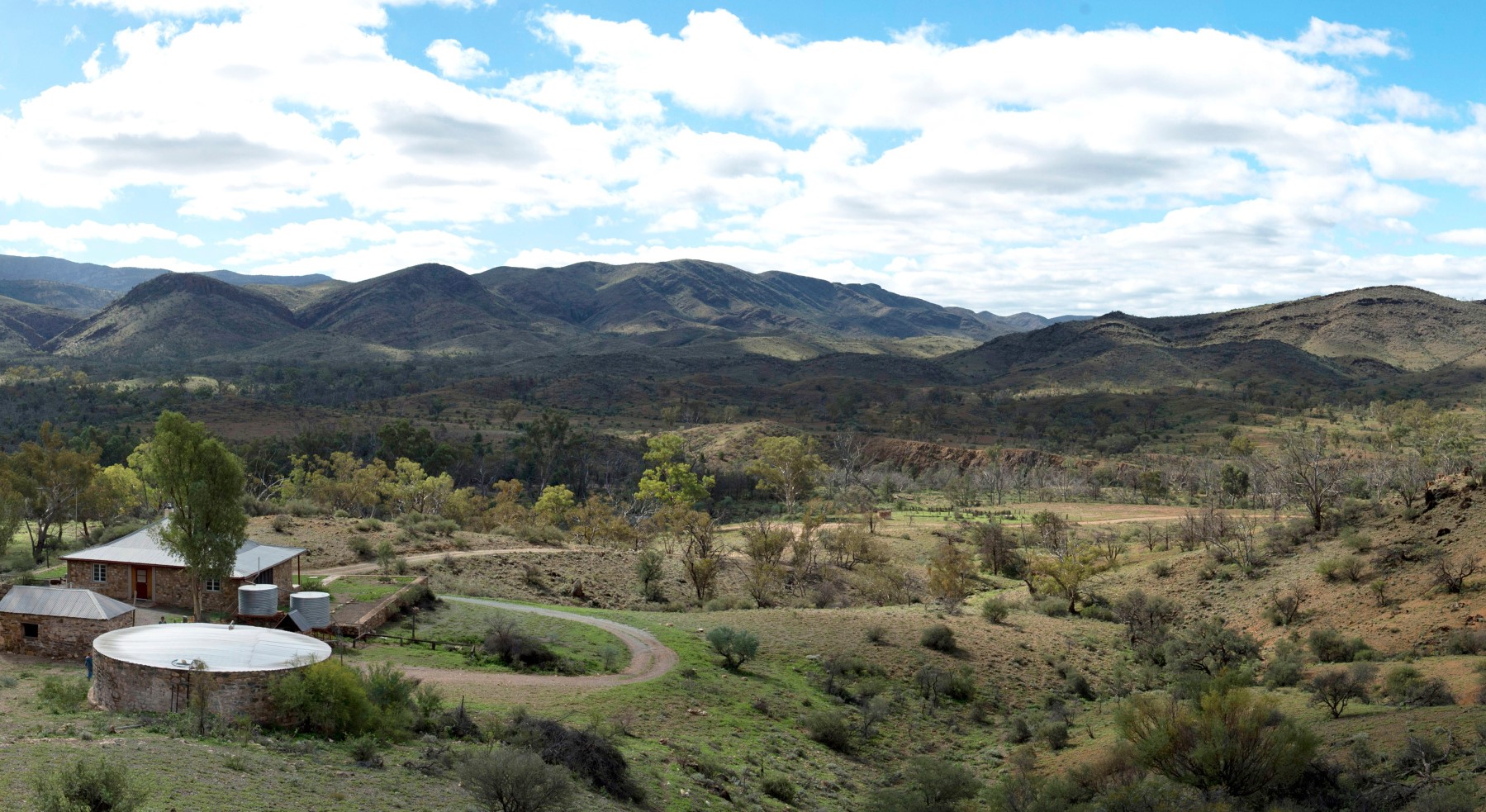SA’s lesser known conservation and national parks

South Australia is home to many iconic national and conservation parks, including Ikara-Flinders Ranges, Belair and Naracoorte Caves. There are also dozens of other parks that don’t receive quite as much attention.
1. Lashmar Conservation Park, Kangaroo Island
Located on eastern Kangaroo Island, Lashmar Conservation Park thankfully escaped the devastation of the 2019–20 bushfire that impacted much of the island’s west.
The park’s main feature is the Chapman River, a short, tranquil stream that meanders through a paperbark forest. It’s a great spot for kayaking and fishing.
Bush campgrounds and picnic areas equipped with shelters, toilets and gas barbecues are set among the trees on both sides of the river.
The river mouth opens out to the broad sandy beach and turquoise waters of Antechamber Bay, with superb views across Backstairs Passage to the mainland. During the warmer months, this is one of KI’s best swimming beaches.

2. Carappee Hill Conservation Park, Eyre Peninsula
Rocky outcrops abound on the upper Eyre Peninsula, with Murphy’s Haystacks, Mt Wudinna and Pildappa Rock sharing much of the limelight.
Not so well-known is Carappee Hill, a mighty chunk of granite 18km north-east of Darke Peak. At only 495m above sea level, it’s unlikely to ever host a ski resort. But it is the highest point on the Eyre Peninsula and offers superb views of the surrounding countryside.
Bear in mind, you need to be reasonably fit to tackle the relatively steep, 2.3km walking trail leading to the summit. Start at the southern tip of the hill, beside the road leading from Darke Peak and get walking. It’s best not to attempt the hike in wet weather when the rock surface becomes slippery.
Campers travelling in high clearance vehicles can follow the dirt track around the eastern boundary of the park to the free bush campground, complete with a long-drop toilet.
Keen rock climbers head for exposed rock faces with alluring monikers like Death Mask Buttress and Darke Matter.
If you visit Carappee Hill, don’t be surprised if you have the whole place to yourself.

3. Vulkathunha-Gammon Ranges National Park, Northern Flinders Ranges
Although this park is popular among off-roaders, it’s not as well-known as its famous southern neighbour, Ikara-Flinders Ranges National Park – home to Wilpena Pound.
The northern Flinders is gloriously rugged. Towering escarpments rise up from the plains and deep cool gorges slice through ancient hills.
On the western side of the Arkaroola Road, most of the tracks through the park are accessible only in a high-clearance 4WD vehicle – and they’re a lot of fun.
There’s a sense of bold adventure and utter solitude as you head deep into the hills along the Mt McTaggart Track from Balcanoona to Grindell’s Hut, a restored 1950s outstation. From here, the exciting Wortupa Loop Track takes travellers even further into the ranges.
Walkers and hardcore hikers will find trails galore. Enjoy a gentle bushwalk around Balcanoona, take a longer expedition through pretty Weetootla Gorge, or tackle the thrilling – and treacherous – scramble up Bunyip Chasm to the top of the Blue Range. Inexperienced climbers should only walk through the creek to the base of the first climb.
There are several bush campgrounds within the park, and accommodation is available at the Balcanoona Managers Quarters, Nudlamutana Hut and Grindell’s Hut.
Entrance is free but camping fees apply.

4. Kyeema Conservation Park, Fleurieu Peninsula
The walking trail car park is further east along Woodgate Hill Road. Follow the interpretive signs along the Myrtaceae hike, which features a 5.8km loop that passes through dense eucalypt woodland and includes a section of the Heysen Trail.
The park is home to kangaroos and all sorts of birdlife, and walkers may be lucky enough to spot an echidna. Be aware, there’s a steep section to the west that requires a moderate level of fitness.
If you’re after a brisk walk, take the shorter, 1.2km long Mulurus hike.
While there’s no camping and fires – including gas cookers – permitted in the park year-round, access is free.
Experience more of South Australia
Check out all our great accommodation and experience offers.

